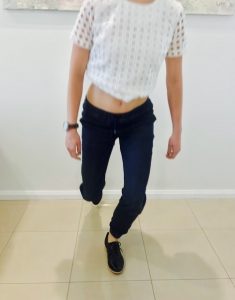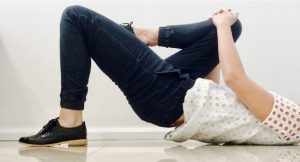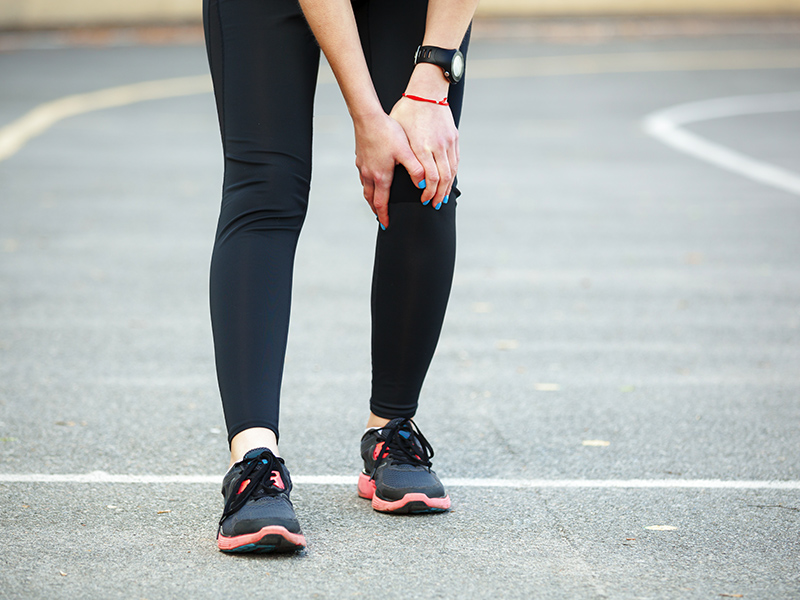The Illiotibial Band (ITB) has long been plagued the bad guy of the lower limb, the scapegoat for a plethora of injuries – ITB friction syndrome, runners knee, trochanteric bursitis and as far down as medial tibial stress syndrome to name a few.
WHAT IS THE ITB?
The ITB is thick piece of fascia some compare with big thick elastic band. It originates from the Upper Glute Max and Tensor Fascia Lata at the hip, then creates septum down the leg between the outer quadriceps and the hamstring finally inserting into the girdy’s tubercle below the knee.
WHY DOES IT GET TIGHT?
The ITB creates problems for activities requiring repetitive hip and knee movements and is generally problematic in runners or cyclists. It is associated with the knee falling inwards and creating excessive tension where the band inserts onto the knee usually to poor motor control at the hip and pelvis.
A common “quick fix” is using a foam roller to alleviate pain and “loosen” the fascia. This is generally counter productive, only further compressing the ITB into it’s painful position.
SOME TIPS TO HELP YOUR ITB
Avoid stretching and foam rolling
Thomas Test – Assess hip flexor passive restriction
- Find a table, hug one knee to chest and lie down keeping the opposite leg on the table
- A positive test for this is when the bottom knee does not fall pass the line of the table and therefore stretching the hip flexor may be indicated
Check hip muscle control (pictured below) – Which is working harder – your glutes or outer upper quads? Your glutes should be doing most of the work. You can use the simple, quick tests below to check your hip-muscle control.
- Single leg stance – check for uneven hips and dropping on one side
- Single leg squat – check for uneven pelvic drop by using the waistline on your pants as a guide
- Single or Double leg bridge – sustain a 30 second hold, a good clue here is to consider what is working the most performing this task – if it is your lower back, hamstrings, groin or quads we can infer that your glutes aren’t pulling their weight.



Hip and Trunk disassociation – Can you rotate your trunk without dropping or twisting at the hip?
Get strong at the hip and the foot – The knee often becomes the meat in the sandwich with a dysfunctional hip and a weak foot
It is time to re-think the common misconception that the ITB can be at all lengthened and start looking behind the scenes at other common culprits.


